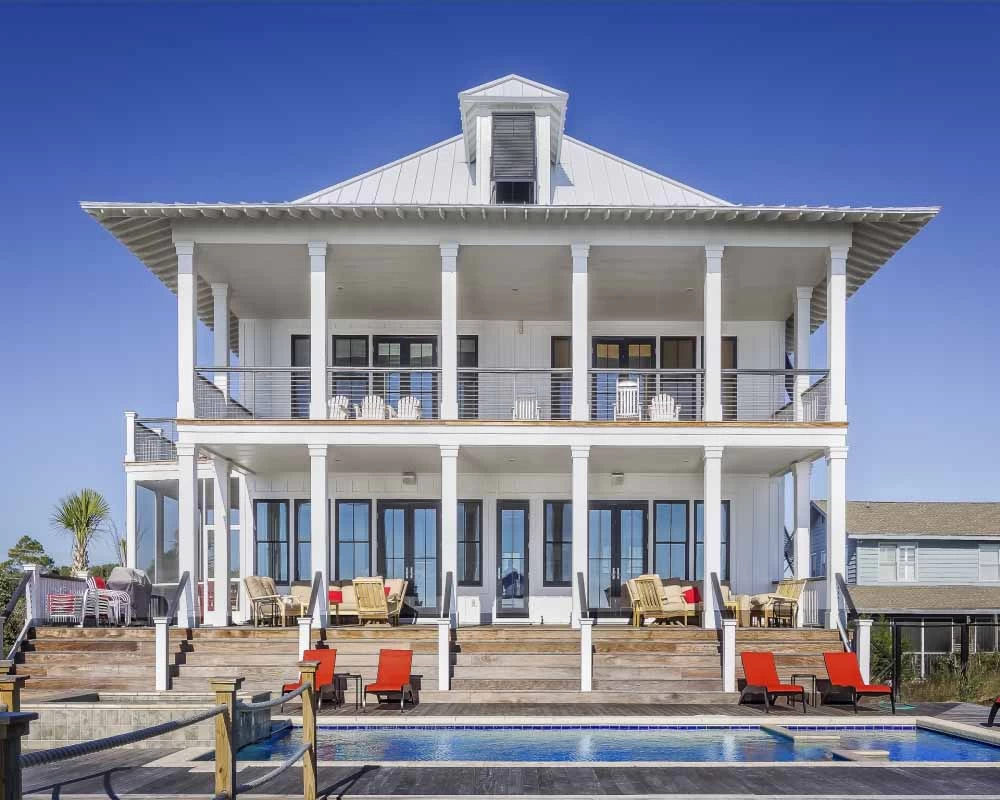Buying Property Abroad

BUYING PROPERTY ABROAD: HOW TO CURTAIL RISK WHEN MAKING OVERSEAS PROPERTY INVESTMENTS
Many people are buying property abroad today because of the investment potential. The price of foreign property can be especially attractive when exchange rates tip the balance in favor of a prospective buyer’s currency. Imagine buying a beachfront house in Brazil for $50,000 when you’d spend $400,000 for the same house in a place like Orange County. Buying property abroad is a way to get actively involved during retirement.
If you don’t want a hands-on management, this type of investment would still generate passive income for you, an income not depending on the US dollar, denominated in another currency. There are reputable property management companies that can help you take care of your new investment and help you make consistent rental income from your investment. The fact that many Americans are not preparing adequately (or even preparing at all) for retirement means many Americans are not living out their dreams after retirement. “About 60% of Americans have no savings in retirement accounts like 401(k)s or IRAs,” reports Business Insider. The Employee Benefit Research Institute (EBRI) estimates the shortfall in retirement savings to be at $4.13 trillion for heads-of-households aged 25 to 64.
One of the reasons why many Americans lack sufficient retirement savings is that the traditional means of saving are unreliable, according to USmoneyreserve.com. If protecting your retirement is important to you, buying property abroad can help you get the ideal retirement and offer the kind of security that other asset classes cannot provide.
Moreover, there are wasteful aspects in some markets that haven't worked themselves out yet, and those inefficiencies can work further bolstering your good fortune. For example, there are some markets in the world with restricted wellsprings of capital where people need money. Without access to easy credit, they frequently offer their property at a much lower cost to have fast access to money.
Furthermore, when you spend money on overseas property you do not just get the benefit for those market inefficiencies, you additionally have the advantage that a lot of shareholders are so concerned about risk that they create no real hazard, nor create any competition. But even though overseas properties offer a chance to diversify your investment and can help you get the retirement of your dreams, there are some risks. Here are some tips to help you curtail risk when buying property abroad.
1. Read the books.
The key to successful property investments overseas is to do your homework and not cut corners. By all accounts, read books about the country you are considering buying an international investment property and read relevant forum posts online but do not get sucked in by the sellers and never overlook the power of local knowledge. Even a simple walk around the area can give you a great insight into the events and settings that take place on a daily basis, giving you a real feel for the place.
2. Beware of overseas investment property in "emerging markets".
This term can be used to dress up areas of neglect. Look around for signs such as closing shops and boarded up houses, as these may suggest a struggling economy. If you come across something else that you do not feel at ease with, do not go with the property investment. Foreign buyers should feel 100% safe in the area before taking the plunge. Likewise, if you look at a series of new developments that are beginning to emerge, this could be a sign that the real estate market in the area is about to take off.
3. Do not leave yourself at the mercy of the laws of the country when buying property abroad.
Buying investment property on foreign soil requires the advice and guidance of a local lawyer. Before you sign on the dotted line, make sure you are accredited and credited as well as fluent in English and the language of the country you wish to purchase.
4. Don’t take the risk of using cash.
Using a bank with an office abroad to conduct large transactions is always the best. Foreign investment properties and those that sell them must be approached with caution and due diligence.
It’s normal to be apprehensive when buying property abroad for the first time or trying anything new. And yes, the risks are there but to be successful in property investing, you mustn’t let that hold you back.




